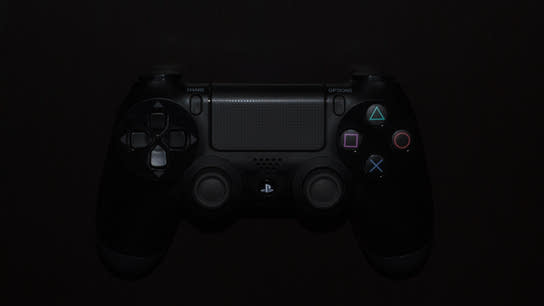When you hook up PlayStation’s DualShock 4 Controller with a Windows 10 PC, it doesn’t necessarily break the controller’s connection with the PlayStation 4. As I was testing out the DualShock with my PC, I accidentally made an expensive purchase from the PSN Store on the console while playing a PC game.
Anyone who has ever paired a Bluetooth enabled mouse or speaker to their laptop and their phone will be very much aware of the woes that come with re-pairing Bluetooth devices. The process is always clunky and you end up pairing the Bluetooth device with the wrong device just as often as you get it to talk with the one you wanted to connect with. Even so, I was still quite surprised by what happened when I paired the DualShock 4 with my PC.
I usually prefer the Xbox One Controller which has built-in support for Windows 10. But I wanted to have a go with a DualShock 4 that I’d already paired with my PlayStation 4 console. I used a third-party driver and keymapper with a Micro-USB cable to hook the DualShock up to Windows 10.
Unbeknownst to me, the DualShock hadn’t fully acknowledged it’s new master. While I was busy playing Forza Motorsports Apex, it was also interacting wirelessly with the PlayStation 4. I didn’t realize this before purchase receipts from PSN Store started coming in over email after about 20 minutes of gameplay. While I was enjoying the racing game, I’d also inadvertently transferred funds from my credit card to my PSN Account “wallet” and used the funds to purchase Ratchet & Clank from the PSN Store.
I was initially surprised that the DualShock’s firmware would continue to communicate with the PS4 over its wireless radio while I’d it plugged in with a wired connection. Then I realized that the controller would still have to be able to communicate wirelessly with the PlayStation while being plugged into a laptop or other USB device to recharge the controller. After realizing this, my focus shifted to the console itself.
The web front-end to the PSN Store always requires me to provide a Credit Card Security Code (CSC) before purchasing, but this apparently isn’t a seamless enough experience for the console so you can make purchases without it. I know I can optionally require a password whenever I purchase items from the store, but I can’t imagine that the optional password-before-purchase requirement was designed to solve this problem.
I’m surprised the console would let me navigate the PSN Store let alone buy anything while there was no active video output source or active streaming session. My receiver was turned off and I didn’t have any streaming devices connected to the console so nothing would have been receiving a video signal from the PS4. I’d like to believe that this should have been considered to be a strong enough indicator that I wasn’t fully in control and that input from the controller should have been ignored. I’d like to believe that it would be a good precaution if the console were to ignore headless input when performing actions like purchasing items in the PSN Store and interacting with menus like “reset to factory default settings”.
In any case, be sure to double-check that you’ve fully unpaired the DualShock from the PS4 before using the controller with another device.
As I’ve no interest in playing Ratchet & Clank, I contacted PlayStation Support to ask for a refund for this accidental purchase. It took four emails back and forth to get the purchased refunded back to my PSN Account balance. Getting the money back to my credit card was entirely out of the question.
Instead of arguing with PlayStation Support, I decided to spend the credits on Uncharted 4: A Thief’s End. I haven’t played the previous games, but I’ve enjoyed watching Let’s Plays of the series and assumed I’d enjoy playing it for my self as well. I haven’t finished the game yet, but I must say it looks astonishing and I’ve enjoyed my first six hours of gameplay so far.
